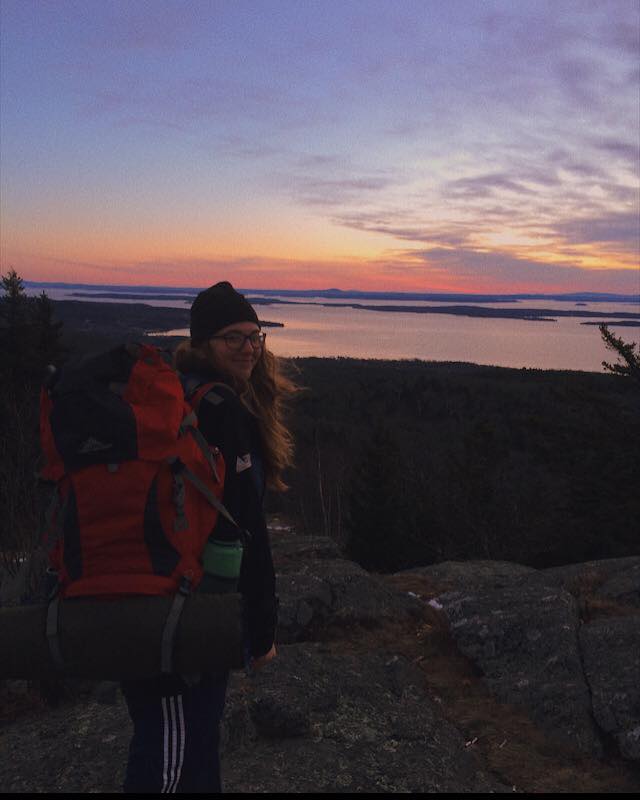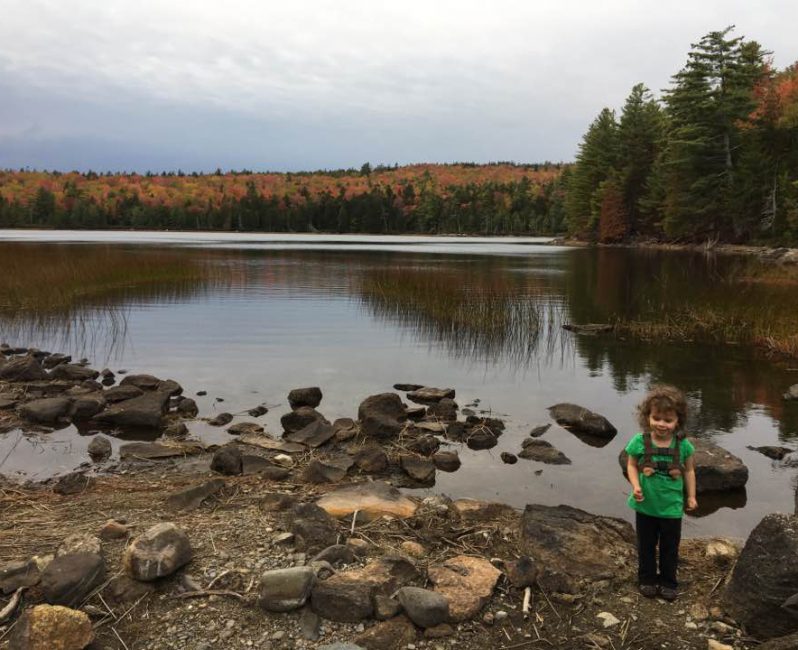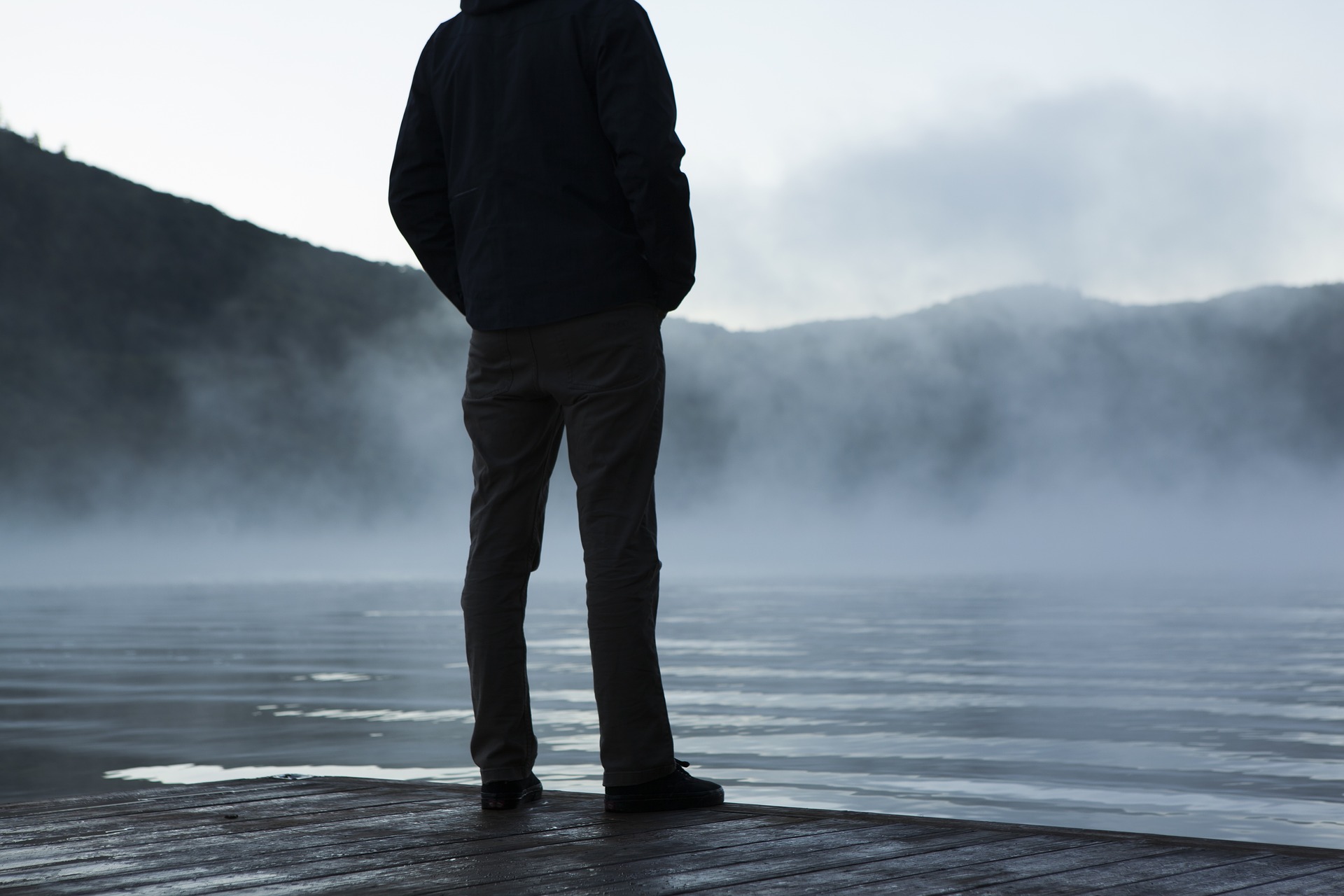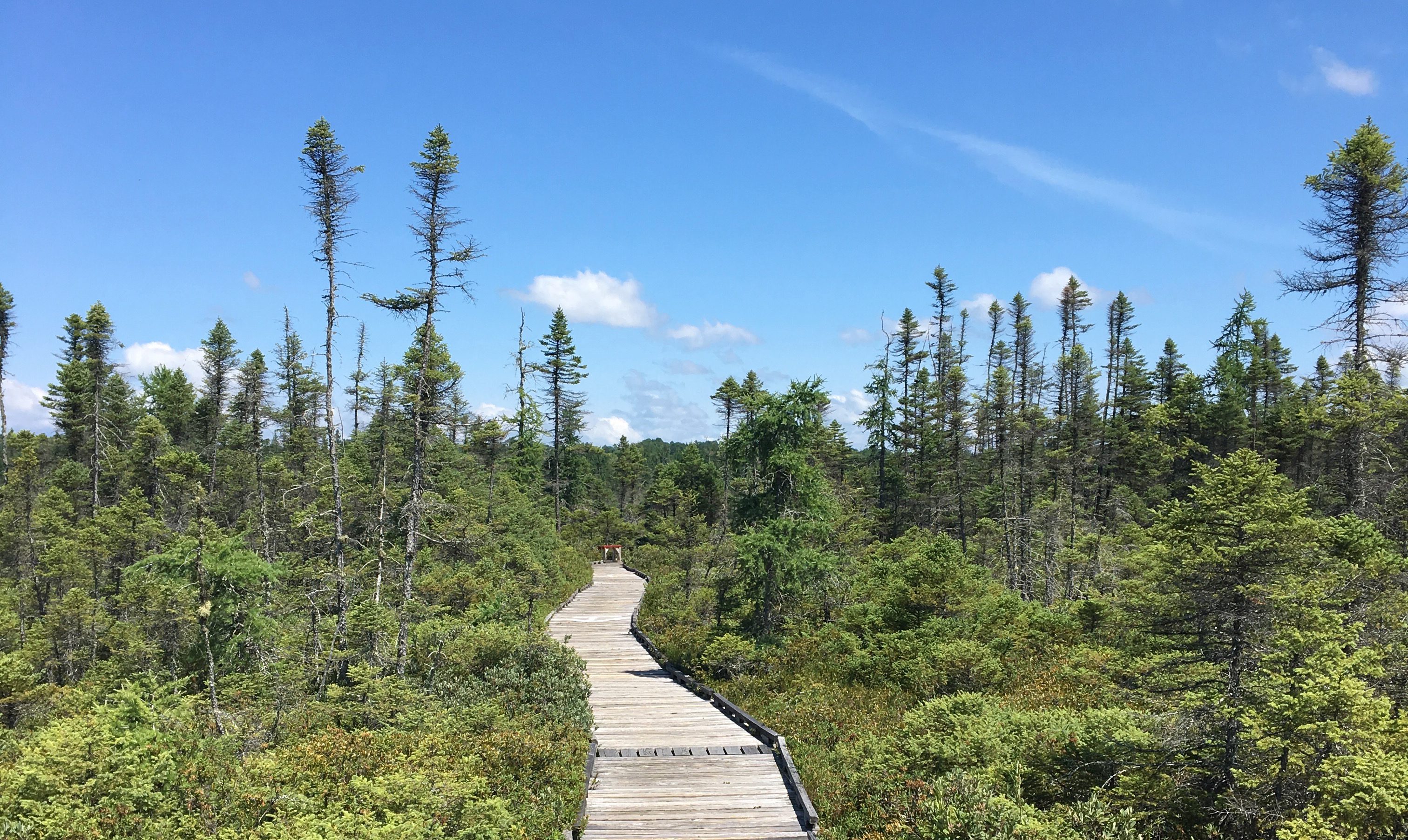I was reading a piece by Rabbi Jonathan Sacks about priorities as related to Parsha Matot-Masei, where he cites Rashi’s commentary on Numbers 32:16. Moshe reorders the priorities in the request of the tribes of Reuben and Gad to stay in land on the east side of the Jordan that was good for raising cattle.
נבנה למקננו פה. חָסִים הָיוּ עַל מָמוֹנָם יוֹתֵר מִבְּנֵיהֶם וּבְנוֹתֵיהֶם, שֶׁהִקְדִּימוּ מִקְנֵיהֶם לְטַפָּם. אָמַר לָהֶם מֹשֶׁה “לֹא כֵן, עֲשׂוּ הָעִקָּר עִקָּר וְהַטָּפֵל טָפֵל, בְּנוּ לָכֶם תְּחִלָּה עָרִים לְטַפְּכֶם וְאַחַר כֵּן גְּדֵרוֹת לְצֹאנְכֶם” (תנחומא):
Rashi’s commentary on Bamidbar 32:16.
נבנה למקננו פה WE WILL BUILD [SHEEP FOLDS] FOR OUR CATTLE HERE — They paid more regard to their property than to their sons and daughters, because they mentioned their cattle before their children. Moses said to them, “Not so! Make the chief thing the chief thing and what is subordinate subordinate. First build cities for your little ones and afterwards enclosures for your flocks” (cf. v. 24) (Midrash Tanchuma, Matot 7).
“First, build cities for your little ones.”
For most of my adult life, backpacking has been a solitary affair. However, when my now teenager entered my life, it was amazing how impatient I was for the moment that we could hit the trails together. Indeed, Amelia’s earliest backpacking trips were along the Appalachian Trail in Pennsylvania, followed by forays into the High Peaks region of the Adirondacks.

When you have children, it seems to me that building wilderness experiences for them early and often is the correct Jewish outdoors take on things.
Amelia still occasionally joins me for trips to the Maine woods, usually via canoe. We worry about the strain of backpacking after her Marfan Syndrome diagnosis, so the “Daddy Death Marches” as she calls them have diminished.
Our four year old, Nezzie, is eager to hit the trails and sleep in a hammock or tent. I tried before, when she was still three, for a foliage-rich trip to a lake in Amherst Community Forest. She wasn’t ready to sleep overnight in a tent relatively distant from home at that point, but she loved the hike, and she loved playing on the granite slabs common to Maine inland water.
Plan Ahead
Over the summer, it’s tempting to just throw some gear in the car and head for the hills, but with children, you just can’t do that, especially younger children.
Nezzie is a profoundly picky eater, and ensuring we have the right food on hand so that she’ll take in enough calories to push through even a small hike is important. She’s also an extreme creature of habit. We have a morning ritual of pouring her a cup of grape juice mixed with water, which she drinks usually while cuddling Leah or I. I simply have to provision for those things.
Our nighttime ritual is also an important consideration. We already live in the woods, so the nighttime noises are not distressing to my little one. They may be for citified children.
It’s important to consider what mileage is practical for little legs. For some, it may be prudent to check with a doctor. We routinely ask, during our yearly visits to Johns Hopkins with Amelia, what level of exertion is medically appropriate for her.
Also like me, if you’re concerned about teaching your children what is Jewishly appropriate with respect to maintaining observance in the outdoors, planning to add to your adventure some knowledge sharing about simple rituals like hand washing can be really rewarding.
Small Steps
For us, indoctrinating Nezzie to hiking has been easy. We have a 12-acre, wooded lot with a plurality of hiking trails. We also have the capability of doing a little bit of a bushwhack. Our lot is wild, with owls, fishers, and a brook teeming with trout and sometimes spawning salmon (though rarely). We frequently see turkeys, deer, foxes, grouse, porcupines, and the occasional bear.
What kid doesn’t love carrying a backpack? At most ages, I’ve done the heavy lifting, but I’ve always encouraged my children to carry at least their personal items and clothes. As they get older and more sturdy, they can carry their own sleeping bags, as well. They always have a snack and a water bottle.
We also don’t go at a huge pace. Whatever mileage we do, especially with a pre-schooler, I let Nezzie drive the train. If she wants to stop and literally smell the roses, that happens. If she wants to chase a bug, or take in a view, we stop. It’s also a good time to teach your children an age-appropriate take on the Leave No Trace ethic.
“I’m Bored”
I revisit planning for this. As much as I hate to do it, I’ve packed Nezzie’s Amazon Kindle to keep her entertained, or to help her fall asleep. I get the stinkeye from many others about this, but just as we like to say HYOH (Hike Your Own Hike), I like to say, MYOFB. You get the drift.
But I don’t rely heavily on technology. I bring fun games, or we go for mini hikes. When Amelia and I put-in to paddle to campsites on the First Debsconeag Lake here in Maine, we also include in our itinerary a jaunt to the northern side of the lake, to check out the Ice Cave Trail. When we were in the Adirondacks, we spent a lot of time just wading in the water near Marcy Dam, or Lake Colden, or maybe bagging a peak or two on the side.
One tradition of mine is to bring a worn copy of Jack London’s short stories from the North, and read those by campfire or lamplight (depending on fire permits and regulation). This was a tradition I started on cold snowshoe journeys in the Army in Alaska, and something that has stuck with me, and annoyed my children, to this day.
I admit, now that I’m a father of 17 years (the age of my oldest), the outdoors have transitioned from an important source of adventure and reflection to be something of incredible value in our family lifestyle. When my children watch me leave the tent at sunrise to daven, I can help them connect the dots between what we learn in shul about Creation and a Creator, and our visceral relationship to that as realized in nature.
Last modified: August 2, 2019



